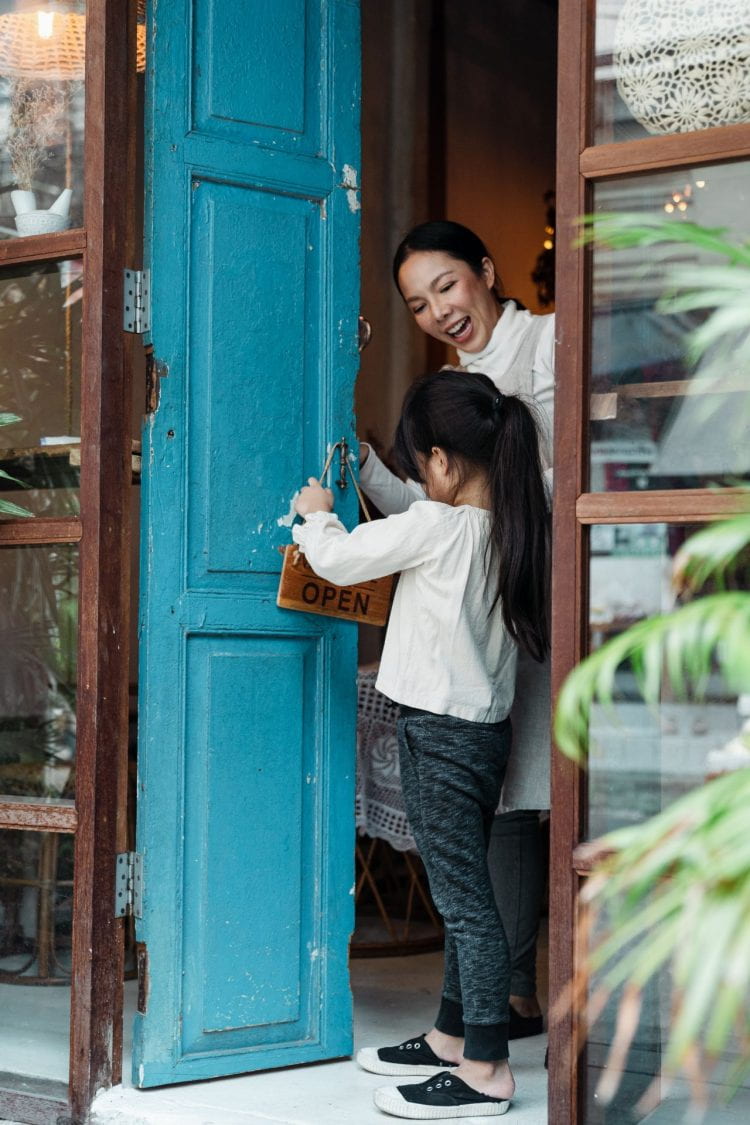Many outdoorsy types, including boy and girl scouts, dream of successfully mastering the age-old art of igniting fire with nothing more than a magnifying glass. What if I told you I started a fire with water?
Nurturing Trust and Agency: The Cornerstones of Inclusive Education
As educators, we invest copious amounts of time into planning for the school year and in the first few weeks intentionally creating community in our classrooms. At the forefront, is fostering an inclusive environment where every student’s voice is valued and respected. Listening and truly valuing one another is our hope. As is collaboration and providing multiple opportunities for students to build connections with one another. Yet, at the foundation of everything is a fundamental feeling of trust. A Harvard Business Publishing Education article suggests that activating positive emotions, including trust, among students helps students foster cooperative relationships, build resilience and persistence, and increase motivation. Further, trust is in many ways tethered to agency. Positive and effective learning environments should induce trust. Trust in teachers, classmates, and possibly even in the education system. Of course, however, trust must begin within the individual. Then, there is empowerment. Not being acted upon as if to say, “I am giving you the choice.” But from within. This subtle nuance is the spark. It is the sensing of control, “the world is at my doorstep.”
But beyond trust and agency, what are the other necessary ingredients to creating optimal learning environments?
Learning Language, Breaking Barriers: The Role of Authenticity and Place
Recently I was in a high school language classroom and it took me back to my first experience learning Spanish. The class was held in a lecture hall where I sat passively amongst 200 other students as the professor stood up front and rattled on incomprehensibly. Feeling academically wounded, I would then limp over to the language lab. Here, a teacher’s assistant would open a sliding glass window to enquire about the module. Then, before pushing play on the cassette recorder she would hand over tight-fitting headphones, a #2 pencil, and a scantron sheet. Never was there the ability to pause, let alone stop. The “show” just went on. With a one in four chance, I would guess, weary to have too many Cs blackened. My confusion and being disheartened eventually lost out to a more pervasive feeling. One of repulsion. This is NOT the experience we ever endeavor to create for learners.
Oddly enough, a decade later I would be in the classroom teaching Spanish even though I questioned if language could be learned in a classroom. My sentiment is captured in a timeless parody called, “One Semester Spanish Love Song.” When I last watched, the first comment below the video read, “I took Spanish all the way up to AP Spanish in high school. This song summarizes how much of it I remember.” Might this be because of relevance? Language often is learned by going somewhere. We learn it when we have a purpose. When it is authentic. Furthermore, might there be ties between place-based education and the learning of language? Certainly, a deeper understanding of local culture and environment is integral. This example of learning a language ultimately can be translated into what it means to learn anything. The importance of place, purpose, an individual’s motivation, and authenticity. Ultimately, getting out of the classroom and into much more boundless spaces of learning.
Even if the reality for many teachers remains within four walls, we know learning is like breathing. Students will learn no matter what. So, let’s keep the “air” as clean as possible.
The Container: Creating the Right Conditions
So I did really light a fire with water. I share this because it showcases what is possible with just the right conditions. Might we as educators intentionally create such similar conditions? Where there is a spark and then a fervent fire for learning. Countless times in the past I have filled a gallon glass jug with water and set it in the sun to allow for dechlorination. Recently, I errantly placed it against a dry wooden stump where in the days to come I would water saplings. 18 hours after filling the jug I received a text from our tenant saying, “There was a small brush fire at a tree stump in the front of the house, all put out now and heavily watered down. It was caused by science and a glass water jug which magnified the sun…” He was being generous, the fire was caused by ME! Well, my negligence along with heat, dryness, powerful morning sun rays, and the water’s reflection. Never in my wildest dreams would I have considered the gallon jar of water a fire hazard. Besides being grateful to have learned the lesson the easy way, I thought about how this example speaks volumes about what is possible. What is possible with the right conditions?
So, venture forth to continue to spark inspiration and kindle the flames blazing within your classrooms!
#############









